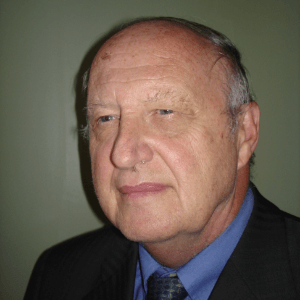Title : The many flaws of the lorentz transformation
Abstract:
The Lorentz transformation (LT) makes three predictions which are not consistent with one another: Lorentz-FitzGerald length contraction (FLC), time dilation (TD) and light-speed equality for observers in relative motion to one another. The LT also stands in violation of the Law of Causality because it fails to recognize that inertial clocks can never change their rate spontaneously. Einstein’s light-speed postulate (LSP) is shown to be unviable by considering a case in which a light source passes by a stationary observer at the same time that it emits a light pulse in the same direction. It is found that, in contradiction to the LSP, that the classical velocity (Galilean) transformation (GVT) is applicable when two observers in relative motion deduce the speed of a light wave. The Newton-Voigt transformation (NVT) is consistent with the Law of Causality because it assumes space and time do not mix. The NVT is nonetheless consistent with the relativistic velocity transformation (RVT) and also with Einstein’s mass-energy equivalence relation E=mc2. The ratio Q of clock rates for two inertial rest frames S and S’ is required input for the NVT. Experimental data obey the Universal Time-dilation Law (UTDL) which states that the measured time Δt obtained by a inertial clock for a given event is inversely proportional to γ(v)=(1-v2c-2)-0.5v, where v is the speed of the clock relative to a specific rest frame referred to as the objective rest frame ORS. The value of Q when the clock of the observer in at rest in S while that of another observer is at rest in the object’s rest frame S’ is obtained from the UTDL as the ratio γ(v’)/γ(v). The Uniform Scaling method considers Q to be a conversion factor between the units of time in the two rest frames. It is found that the conversion factors for all other physical properties are integral multiples of Q. Kinetic scaling of the properties insures that the laws of physics are the same in each inertial frame, as required by the RP. It is also pointed out that Einstein’s Equivalence Principle (EP) fails to deduce the experimental fact that the wavelength of light is invariant to changes in gravitational potential. The Universal Scaling method uses a set of conversion factors for the effects of gravity that is analogous to those for kinetic scaling


